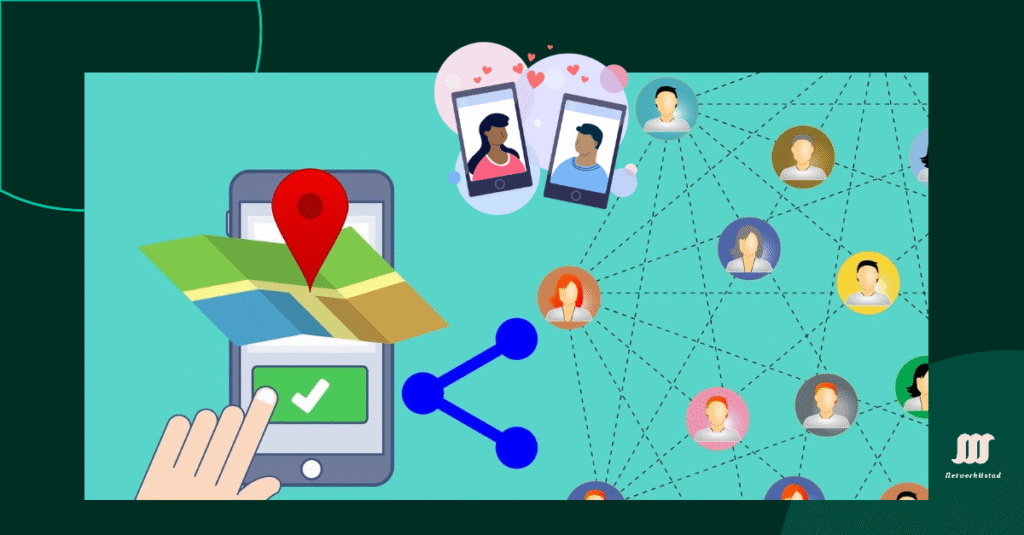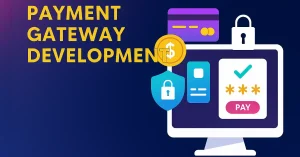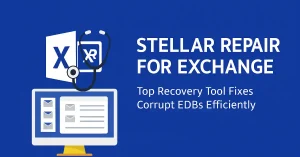Peer-to-peer communication has changed the way people share, connect, and collaborate. It removes the need for central authorities. Users speak directly with each other. Over the past decades, peer-to-peer, or P2P, has evolved from basic data exchange to complex, real-time systems. It has shaped messaging, file sharing, online conferencing, and more.
This article comprehensively and structuredly explains the development of P2P communication. It covers key milestones, technical approaches, social impacts, and security implications. Each section is designed to deliver depth while remaining easy to read.
The Origin of Peer-to-Peer Communication Principles
From Local Networks to Global Sharing
P2P communication began in local computer networks. Early systems allowed one user to access files or printers on another computer. These systems did not rely on a central server. Instead, each device operated both as a client and a server. This model supported equal participation. It also introduced the idea that every participant can contribute to the network.
As networks grew larger, so did the complexity of connections. The internet provided a platform to scale the concept of peer-to-peer communication. This shift brought both benefits and new challenges.
File Sharing and the First Breakthroughs
The late 1990s saw a rise in file-sharing platforms. These tools let users share music, videos, and documents. The most famous example used a centralized index but enabled direct file transfers. The idea of millions of users sharing data from their own devices captured public interest. Developers soon looked for ways to remove the central index to improve security and resilience.

By the early 2000s, developers created fully decentralized systems. In these systems, each node knew about other nodes. This formed the basis for modern P2P technologies.
Technical Architecture of P2P Networks
Centralized, Decentralized, and Distributed Structures
There are three core types of P2P design:
- Centralized P2P: Users connect to a central server that manages traffic or indexes files.
- Decentralized P2P: Users connect through a web of links without relying on a central server.
- Fully Distributed P2P: Every node has equal roles and responsibilities, with no special nodes or authorities.
Each structure has pros and cons. Centralized systems are easy to set up but create a single point of failure. Decentralized and distributed systems offer more fault tolerance and harder shutdowns.
Routing and Peer Discovery
For any P2P system to work, users must discover each other. Techniques such as gossip protocols, distributed hash tables (DHTs), and peer exchange methods are used to find and maintain connections. DHTs allow for scalable indexing. Each node stores a small part of the total data and can route requests efficiently.
These systems are often dynamic. Nodes may come and go without warning. The protocol must adapt to these changes without loss of data or access.
Real-Time Peer-to-Peer Communication
Direct Voice and Video Links
P2P found new applications in live communication. Voice over IP (VoIP) and video conferencing tools were early adopters. These services allowed direct media streams between users. The advantage was clear: reduced latency, lower server loads, and improved quality.
Video platforms now use P2P to deliver clearer streams with less delay. Protocols such as WebRTC made it easier to build applications that support this model.
Anonymous Webcam Conversations
A specific use of real-time P2P is found in online video chat communities that enable users to anonymously talk to strangers via webcam. These platforms connect users without login requirements. They allow quick, direct video conversations. The systems often pair users at random. The traffic between them is sent peer-to-peer to improve speed and privacy.
These services depend on stable and low-latency connections. They often use fallback servers if direct peer connection is blocked by firewalls or network settings.
P2P in Content Distribution and Storage
BitTorrent and Swarming Techniques
One of the most effective uses of P2P is large file distribution. BitTorrent is the most well-known protocol in this area. It splits files into small parts. Users download different parts from different peers. This speeds up downloads and reduces the load on any single computer.
The technique, called swarming, means users also upload while downloading. The more people who join, the faster the file spreads. This is more efficient than traditional client-server models, especially for popular or large files.
Decentralized Storage Networks
New storage models use P2P principles to hold data across many computers. Instead of saving data in one location, it is split, encrypted, and stored in many locations. If one node fails, the data can still be reconstructed from others.
Projects that use this model aim to create open, secure storage alternatives. These systems give users more control and reduce dependence on data centers.
Security and Privacy in Peer-Based Systems
Common Risks and Vulnerabilities
P2P communication creates unique risks:
- Spoofing: A node can pretend to be another.
- Data Pollution: Corrupted or fake data may spread.
- Eavesdropping: Without encryption, others may read messages.
- Sybil Attacks: One user may create many fake identities to control a large part of the network.
These issues are harder to control in decentralized systems. There is no central monitor or authority to remove bad actors.
Strategies for Protection
To reduce these risks, developers apply:
- End-to-End Encryption: Ensures only sender and receiver can read the data.
- Peer Reputation Systems: Track behavior over time and discourage abuse.
- Consensus Mechanisms: Help verify that data or identity is valid.
- Blockchain Integration: Provides a tamper-resistant record of interactions.
Security must balance trust and freedom. Too much control can break the model. Too little control invites abuse.
The Social Shift Toward Peer-Driven Platforms
From Users to Participants
P2P changed the role of users. People no longer just consume content. They share, host, and serve. Every user can contribute. This shift has broken old models of one-way communication.
With this model, small groups can build tools that reach many. Independent creators now have channels to share without hosting costs or platform rules. This has opened new doors for creativity, learning, and community.
Decentralized Communities and Communication
Online groups are forming around P2P platforms. These communities use direct sharing to bypass restrictions or moderation. Messaging apps that use direct peer communication offer more privacy and resistance to censorship.
People have adopted these platforms for open discussion, activism, and collaboration. With the right tools, they can communicate without central oversight or records.
What We’ve Built and What It Means
The rise of peer-to-peer communication has redefined how people connect. What started as a method for sharing files has grown into a powerful structure for real-time video, voice, and data exchange. The systems built today are more secure, flexible, and efficient than ever before.
Users now expect direct, instant access. They want tools that protect privacy and reduce their dependence on central platforms. Peer-to-peer communication technology meets these needs with speed, scale, and strength. The path has not been simple, but the result is a system where people speak to each other without needing anyone in the middle.





